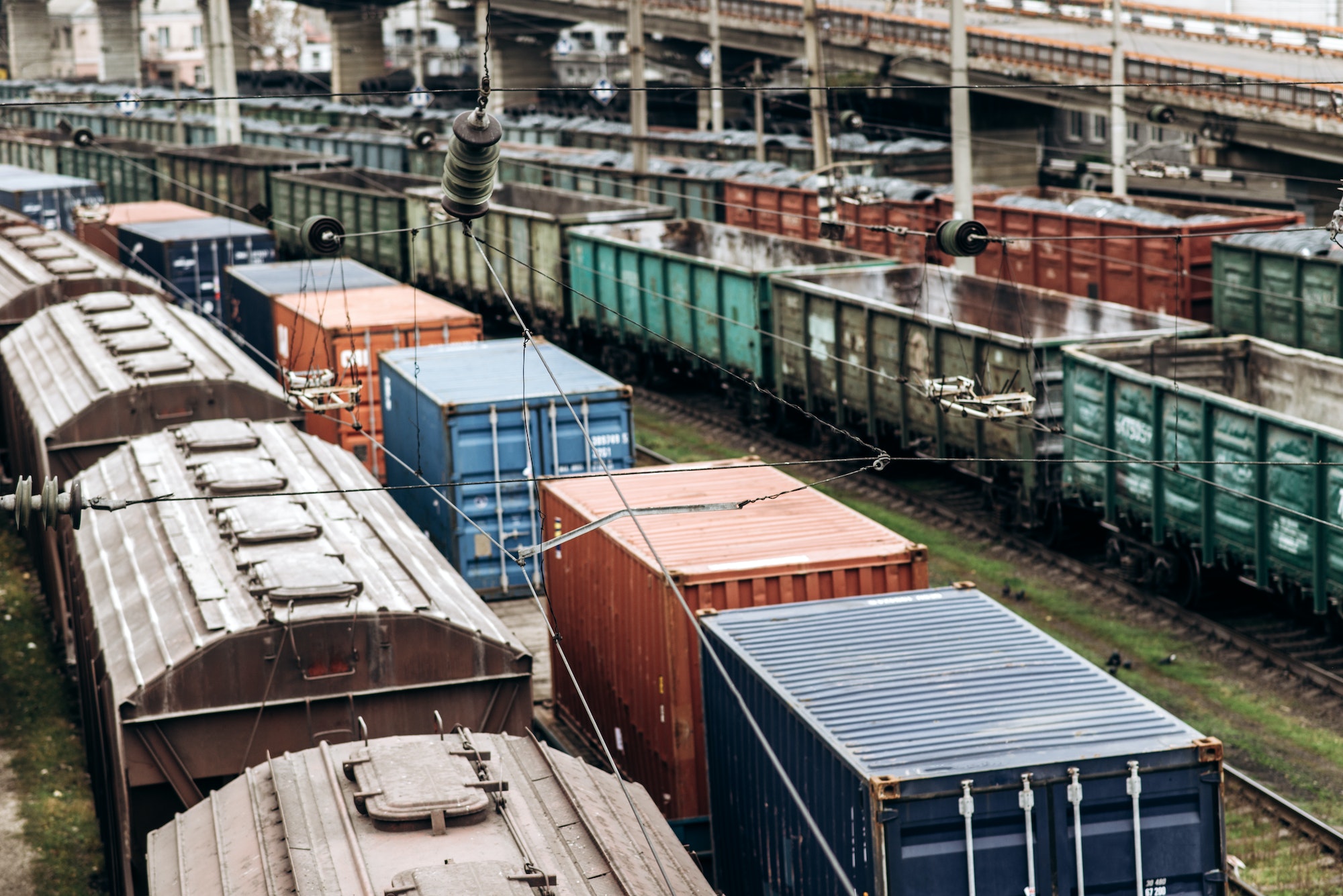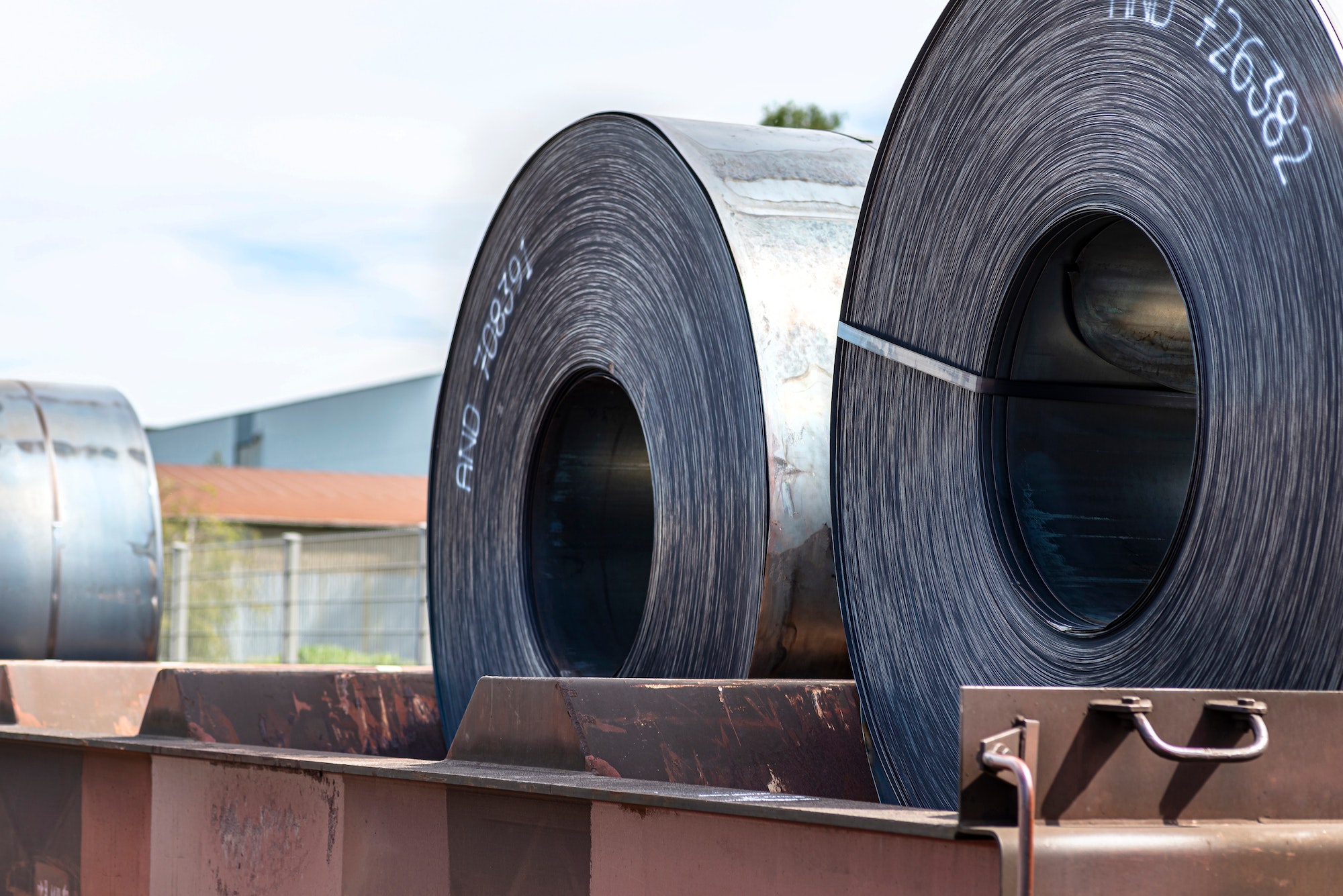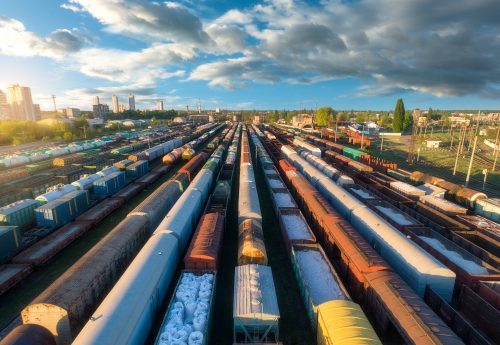
Welcome to PM Logistics Services, your trusted partner for all your rail transporting needs. We have over 50 years of experience in the shipping and logistics industry, and we are proud to offer the highest quality rail transport services for commercial clients across the U.S.!


Rail Transport Services Locations
Rail transport is a mode of transportation that uses trains to move people or cargo across long distances. Trains run on fixed tracks and are powered by locomotives that pull a series of railcars or wagons.
Rail transporting can be complex and challenging, especially for businesses that are not familiar with the logistics involved. That’s why it’s important to work with a professional company like PM Logistics Services. We have the experience, knowledge, and resources to handle all aspects of rail transporting, from packing and loading to transportation and delivery. By working with us, you can rest assured that your goods will be handled with care and delivered safely and efficiently.
At PM Logistics Services, we understand the importance of timely and reliable shipping for businesses. That’s why we offer a wide range of rail transport services to meet the unique needs of our clients. Our team of experienced logistics professionals works closely with our clients to create custom shipping solutions that are tailored to their specific requirements. Whether you need to ship a single item or a full truckload, we have the expertise and resources to get the job done right.
Rail transport is used to transport a wide range of goods and cargo. Here are some of the different types of cargo that can be transported by rail:
This type of cargo includes commodities such as coal, grain, and other raw materials that are transported in large quantities. Bulk cargo is typically transported in covered hopper railcars.
Intermodal containers are standardized cargo containers that can be transported by multiple modes of transportation, including rail. They are typically loaded onto flatcars or well cars for transport.
Rail transport is often used to move chemicals and other hazardous materials. Tank cars are used to transport liquids, while covered hopper cars may be used for dry chemicals.
Rail transport can also be used to move finished goods, including consumer goods and automobiles. These goods may be transported in boxcars or flatcars.
Rail transport can be used to transport temperature-sensitive cargo, such as food products, pharmaceuticals, and other perishable items. Refrigerated railcars, also known as “reefers,” are used for this type of cargo.
Rail transport can also be used to move heavy and oversized cargo, such as industrial equipment or machinery. This type of cargo may require special railcars, such as flatcars with special load-bearing capabilities.
Rail transport is used to move a wide range of goods, including coal, grain, chemicals, and automobiles. In general, rail is well-suited for transporting heavy or bulky goods over long distances.
Rail transport is generally considered to be a more environmentally friendly mode of transportation than trucks or airplanes, as it produces fewer greenhouse gas emissions per unit of cargo transported. Rail transport also has a lower accident rate than other forms of transportation.
Rail transport is regulated by national and international bodies, including the Federal Railroad Administration in the United States and the International Union of Railways (UIC) in Europe. These bodies set safety standards and regulations for rail transport and oversee the operation of rail infrastructure.
The speed of freight trains varies depending on a variety of factors, including the weight and length of the train, the terrain it is traveling over, and the distance between stops. On average, freight trains in the United States travel at speeds of around 25 to 30 miles per hour.
Rail transport often integrates with other modes of transportation, such as trucks or ships, to move cargo over longer distances. For example, cargo may be transported by truck to a rail yard, where it is then loaded onto a train for long-distance transport, and then transferred to a truck for final delivery. This type of intermodal transport can help optimize the use of different modes of transportation and reduce transportation costs.